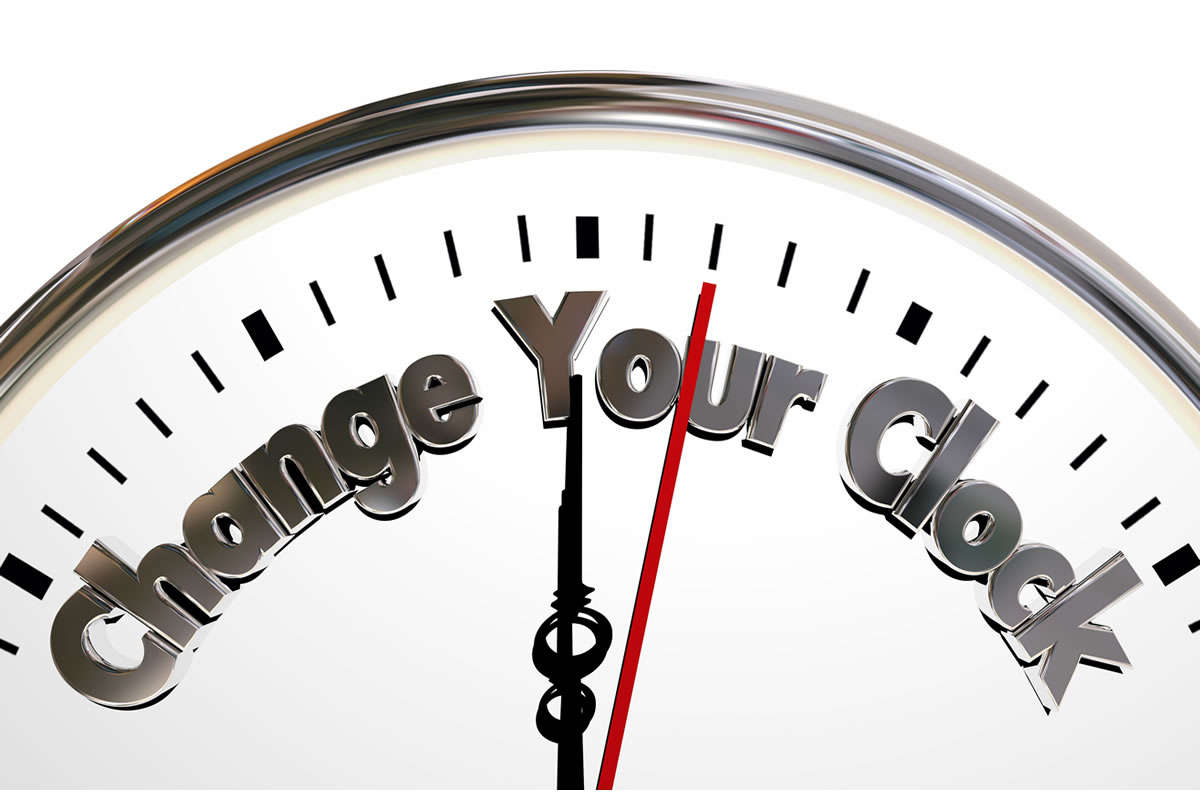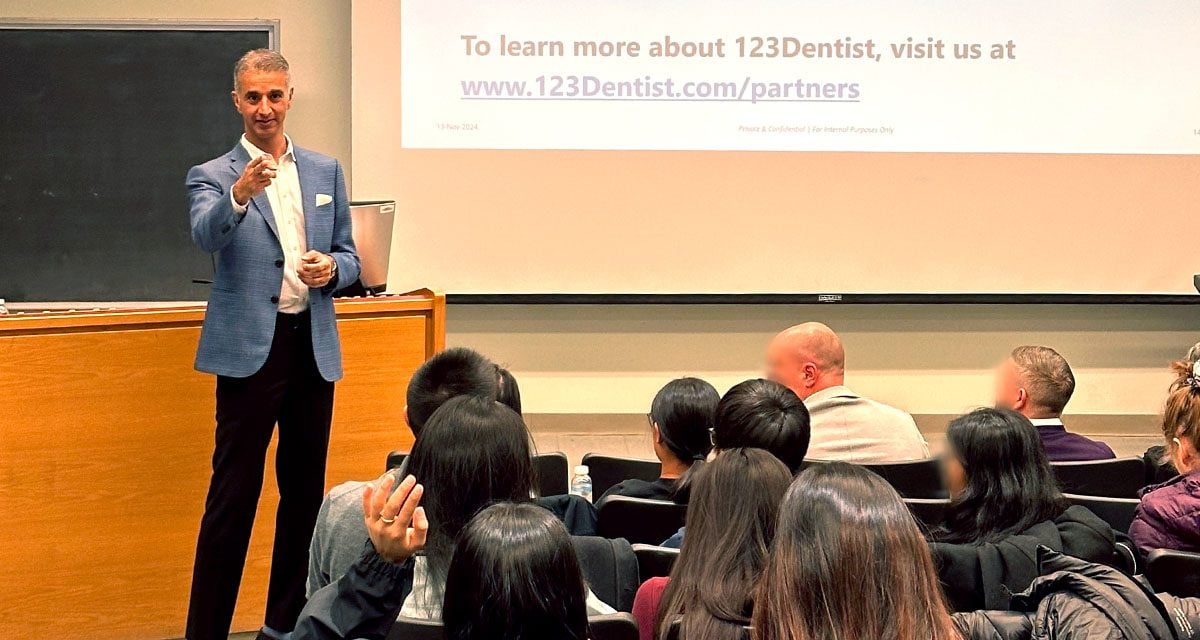Daylight saving might feel like a modern concept, but the concept actually dates back to the early 1900s. For over a century, Western countries have followed this concept to give people the most daylight possible in the fall and spring. But, is daylight saving a good thing? And will we always follow this practice? Some people argue against setting and resetting our clocks, so let’s take a look at the practice.
What Is Daylight Saving?
The event occurs once in March roughly around the spring equinox and once again around early November — hence the expression “fall back and spring forward,” which refers to setting our clocks forward an hour in spring and backward an hour in fall. So you might look forward to the extra hour of sleep you get in the autumn but really feel tired come March after daylight saving costs you an hour of sleep.
This deprivation may even leave you feeling like daylight saving is a personal attack on your sleep cycle that we could do without. But rest easy – you could move to Saskatchewan, which technically observes DST all year round and doesn’t switch back and forth in spring and summer. So why exactly do we go through the trouble of daylight saving? And who does it benefit?
The Beneficiaries and Detractors of Daylight Saving
Daylight saving aims to give us the most possible daylight to work with throughout the year. By adjusting our clocks forward an hour in the spring and backward an hour in the fall, we’re trying to optimize our daily schedules to enjoy maximum sunlight. It’s argued that this practice boosts productivity and energy efficiency.
Despite what you may have heard, daylight saving wasn’t invented for farmers. Indeed, many farmers are outspoken about doing away with daylight saving. These individuals have to stick to their farming schedule, not whatever time we set our clocks to. So there’s not really a benefit to losing or gaining an hour of sleep for these professionals.
Plenty of other industries do praise the extra daylight we enjoy by fiddling with our clocks. However, it’s hardly a net benefit for everyone. Some voices are staunchly opposed to the practice of daylight saving, and some see great benefits to keeping it around. Here are some industries and enterprises that have shared thoughts about daylight saving time.
Advocates for Daylight Saving
- Energy: The energy industry sees some wonderful benefits because of daylight saving. All that extra daylight gives families much more time to see and do things outdoors, which means much more traffic and gasoline consumption.
- Gardening, home repair, and leisure: Another popular way to spend that extra daytime hour is on home repairs and leisure. Gardening shops, home improvement retailers, and sporting goods companies all appreciate the bonus time for hobbies.
- Professional sports: Daylight saving introduced a significant change to how Major League Baseball was played. In the days before stadium lighting, teams had to call it a draw when it got too dark. Adjusting their clocks gave these trailblazing teams more time to conclude their games.
- Safety during winter months: proponents also argue that the switch away from daylight savings time ensures that kids aren’t walking home from school in twilight or dark in the afternoons during the winter.
Opposition to Daylight Saving
- Farmers: We may set our clocks back and forth, but that doesn’t change the fact that farmers have crops to tend and schedules to follow. They have to work the same hours regardless of the time on the clock, so daylight saving is mostly just a hassle for these workers.
- Criminals: Many criminals rely on the cover of darkness, and adjusting our clocks so that we have more sunlight later in the day means criminals have a higher chance of getting caught in those well-lit hours.
- Commuters: If you’re used to driving on the road at 6 a.m., come fall, you’ll have to set your clock back — which is essentially like driving at 5 a.m. Though this makes the evenings far sunnier, it makes the morning quite a bit darker until it’s time to “spring ahead” in spring. Visibility is thus an issue for early-morning drivers in the spring and late-night travelers in the fall.
- Proponents of small government: Daylight saving is provincially regulated, so individuals who want minimal government power have cause for concern when it comes to daylight saving.
Why Do We Still Follow Daylight Saving?
Though its practicality is debated, daylight saving is often considered a benefit in terms of energy consumption and production. The idea is that setting our sleep cycles to coincide with peak sunshine means we don’t need to keep the office lights running so we can work when it’s dark. However, greater exposure to sunshine means a greater need for air conditioning and other resources, which ultimately offset most energy benefits.
Though some love it and some hate it, daylight saving may not be around forever. We’ve been setting our clocks forward every spring since the 1900s, but much has changed since then. Perhaps it’s time to re-evaluate whether the blow to our sleep cycles is really worth the hassle.






